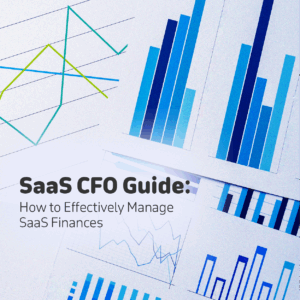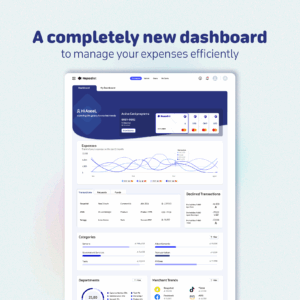As the year draws to a close, the financial and leadership teams within companies typically focus on the meticulous tasks of year-end closing. While this process is crucial for ensuring financial accuracy and regulatory compliance, it can also be a whirlwind of activities that can easily overshadow the bigger picture. Amidst the hustle and bustle of closing the books, it’s essential for leaders to carve out time for strategic reflection to ensure long-term business success.

Systematic reflection exercises serve as a crucial tool to avoid overlooking critical areas, identifying potential hurdles, and making informed decisions that align with the company’s overall goals. By stepping back and taking a holistic view of the business, leaders can ensure that the year-end closing process is not just a necessary event but a catalyst for continued growth and success.
This dedicated blog post is for business owners, entrepreneurs, and CEOs, equipping you with the right set of questions to effectively wrap up the year and pave the way for a thriving next chapter.
To enhance the practical value of this content, we have framed key areas of reflection as thought-provoking questions, enabling you to seamlessly incorporate them into discussions with your team or compile them into an annual reflection document. By delving into these insightful prompts, you can gain valuable insights into your business’s performance, identify areas for improvement, and formulate actionable strategies that will propel your enterprise forward.
Strategic Vision:
Evaluate the alignment of the company’s actions with the overarching vision and mission. Reflect on the effectiveness of strategic goals in guiding decision-making throughout the year.
Questions to ask:
- What were the key strategic goals we set at the beginning of the year?
- How well did we align our actions with the overall vision and mission of the company?
Financial Performance:
Assess financial goals set at the beginning of the year and measure actual performance. Consider unexpected financial challenges and strategies employed to address them.
Questions to ask:
- What were the financial goals for the year, and how did we perform against them?
- Were there any unexpected financial challenges, and how did we address them?
Market Positioning:
Reflect on the evolution of the company’s position in the market. Consider customer feedback and explore ways to leverage insights for future improvements.
Questions to ask:
- How has our market position evolved over the past year?
- What feedback have we received from customers, and how can we leverage it for improvement?
Team Dynamics:
Evaluate the overall morale and collaboration within the team. Assess whether the team received adequate support and resources to achieve their goals.
Questions to ask:
- How would you describe the overall morale and collaboration within the team?
- Did we provide adequate support and resources for the team to achieve their goals?
Innovation and Adaptability:
Review innovations or changes implemented during the year. Assess the company’s adaptability to changes in the market or industry landscape.
Questions to ask:
- What innovations or changes did we implement during the year?
- How effectively did we adapt to changes in the market or industry?
Risk Management:
Examine unforeseen risks encountered during the year and evaluate how well they were managed. Extract lessons from challenges to enhance future risk management strategies.
Questions to ask:
- Were there any unforeseen risks, and how well did we manage them?
- What lessons can we learn from challenges encountered during the year?
Leadership Effectiveness:
Assess the effectiveness of the leadership team in guiding the company. Identify areas where leadership development may be beneficial.
Questions to ask:
- How well did the leadership team guide the company through the year?
- Are there areas where leadership development is needed?
Customer and Stakeholder Relationships:
Gauge customer satisfaction and gather feedback. Reflect on how well relationships with key stakeholders were nurtured and maintained.
Questions to ask:
- How satisfied are our customers, and what feedback have we gathered?
- How well did we nurture relationships with key stakeholders?
The Takeaway
The year-end closing process, while often perceived as a mere administrative task, is an opportune time for leaders to step back, reflect, and strategize for the future. By incorporating systematic reflection exercises into the closing process, businesses can ensure that they are not merely closing the books but opening a new chapter of success.
By taking a holistic view of the business’s performance throughout the year, leaders can identify areas of strength and weakness, uncover emerging trends, and develop strategic plans to address challenges and capitalize on opportunities. This proactive approach to year-end closing empowers leaders to steer the company towards a brighter future, ensuring sustainable growth and long-term profitability.





